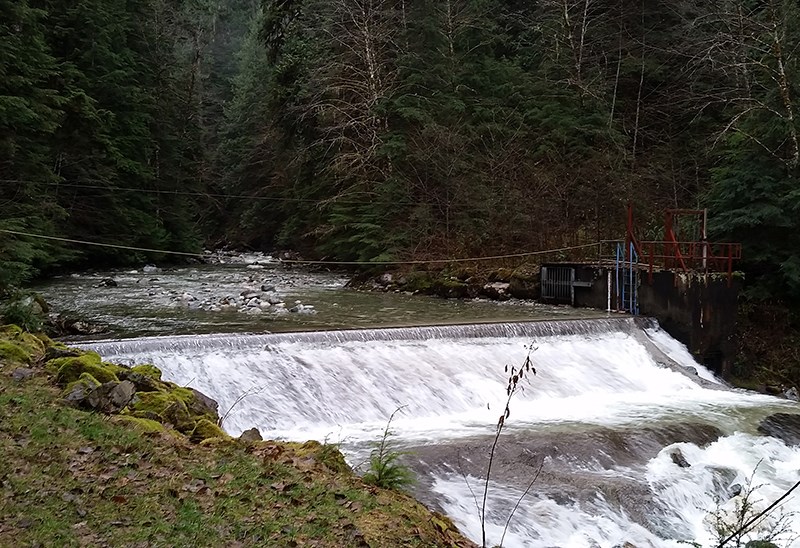The District of Squamish is looking at increases in utility rates for the coming year.
As part of its annual review of finances and operations, it is planning a four-per-cent hike in water rates and a two-per-cent hike for sewer.
As well, it is considering an increase of the dumping fee for the landfill and a hike for providing more curbside pickup of organic material during the summer months.
The water and sewer rate increases, according to district staff, are part of a trend in recent years of incremental hikes that make up for depleted utility reserve funds over several years.
“In 2011, it was identified that they were woefully underfunded,” said Rod MacLeod, district director of engineering.
The water and sewer rate bylaws have gone through third reading. The solid waste bylaw has gone through first and second readings by council.
“They wanted to give people the chance to comment,” MacLeod said.
For solid waste, the plan is to increase the amount at the landfill by $10 a tonne bringing the total to $130 from $120.
The district is also going to try weekly curbside pickup of organic household waste through the summer months, instead of the current practice of every second week. The result will be seven additional pickups.
This will mean a hike in the amount residents pay based on the size of their three tote containers. By percentage, the increases will be 2.7 per cent for small totes, 12.7 for medium and 21.8 for large.
The district proposed the weekly pickup following a recent survey among residents about their habits in disposing of waste, recyclable and compostable materials. About 70 per cent of people liked the idea. For those who hold off recycling their food and other organic waste, they typically cite the “yuck factor,” MacLeod said, so council decided to try the plan for a year.
By adding extra pickups, which means less time for food waste to spoil, the hope is that this will entice these residents to get used to putting scraps in the organics tote.
The additional revenue will be used to cover cost increases, conduct public education and fund long-term capital projects, according to district staff.
For water and sewer, the hikes represent smaller hikes than in recent years and are part of an effort to generate more revenue for capital reserves in each utility, as well as replace and add infrastructure. The range of rate hikes has more typically been between 9 and 15 per cent.
Down the road, the district is looking at bringing in water meters for commercial and multi-family residential properties. This is slated for 2017.
Squamish has traditionally had high usage rates, although district staff say the level has been reduced measurably in recent years, even during the dry summer of 2015.
“The community did much better this year conserving water,” said Christine Mathews, manager of financial planning.
In 2015, the district did not approach maximum use levels, and staff point out that conserving more water will help Squamish hold off having to invest in upgrades for new infrastructure.
“The less water we use in the summer, the longer we can put off adding a major reservoir,” MacLeod said.



